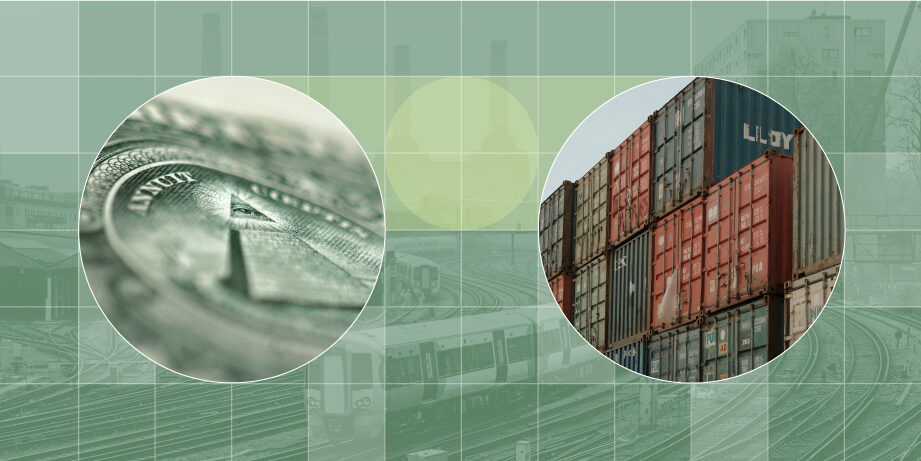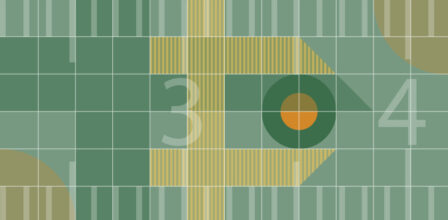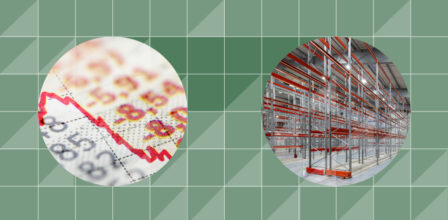Market commentary bonds: Treading lightly between recessionary trends and market opportunities
Stubborn inflation, hawkish policies and recessionary trends – Dr Harald Henke examines the growing challenges facing fixed income markets and offers ideas on how investors can position themselves in the current market environment.


Dr. Harald Henke
Head of Fixed Income Strategy
The third quarter of 2023 was a continuation of the previous quarters: Concerns about inflation and rising interest rates on the one hand, and ongoing economic worries on the other. This contradictory situation is likely to dissipate in the coming quarters.
Inflation remains stubbornly high
After US inflation fell to 3.0% in June, close to the Fed’s target, prices picked up again in the third quarter, reaching 3.7% in mid-September. In Germany, inflation continues to fall, but the latest reading of 4.5% was still well above the ECB’s comfort level. What is particularly concerning is that the core inflation rate in the US, which excludes volatile food and energy prices, actually rose by 4.3%.
Figure 1: Inflation rates in the USA and Germany
Monetary policy more hawkish than expected as interest rates rise
While the Fed reacted to higher inflation with an expected rate hike to 5.5%, the ECB announced two rate hikes in the third quarter, raising its key interest rate from 4% to 4.5%. This second move was not expected by most market participants. While ECB President Christine Lagarde continued her hawkish tone, the Fed shocked markets in September with its latest dot plots, an estimate of the future path of interest rates by all members. For 2024, the median estimate rose by half a percentage point from 4.625% to 5.125% compared to the June publication. Few market participants had expected such an adjustment in just three months. Accordingly, the expected three-month rate in the US in December 2024 – as measured by money market futures – rose from 4% to 4.6%.
These developments meant that interest rates on both sides of the Atlantic only knew one direction in the third quarter – up.
Figure 2: Interest rates in the USA and Germany
While two-year rates increased by 14 basis points in the US and remained unchanged in Germany, the rise in interest rates was mainly at the long end of the curve. Ten-year rates rose by 73 basis points to 4.57% in the US and by 45 basis points to 2.84% in Germany. Although yield curves are still inverted, they are closer to a positive slope than they were three months ago. The unwinding of the inversion often coincides with the start of a recession.
Credit spreads remain wide
However, investment grade (IG) credit spreads are far from recessionary levels. On a quarterly basis, markets have seen euro spreads slightly outperform USD spreads.
Figure 3: Credit spreads
Credit spreads narrowed significantly in July, rebounded in August and moved sideways in September. On a quarterly basis, EUR IG spreads narrowed by 10 basis points to 1.53%, while USD IG spreads widened by 1 basis point to 1.14%. To the casual observer, these risk premiums would suggest a benign economic environment.
Dark clouds continue to gather on the economic horizon
Economic developments continue to give cause for concern. Germany is in recession and the growth outlook is being downgraded on a monthly basis. In the US, too, a number of economic indicators point to a slowdown in growth at the end of this year or early next year:
- The US labour market seems to have peaked. At the beginning of the year, the unemployment rate stood at 3.4%, the lowest level since the late 1960s, but it recently reached an 18-month high of 3.8%.
- Rising interest rates are causing problems for property markets around the world. Rapidly rising real estate interest rates, falling prices and a decline in applications for building permits speak a clear language.
Figure 4: Number of building permits issued in the US and Germany
- Corporate bankruptcies are on the rise. In the US, the share of HY bonds in default has quadrupled since early 2022 and now stands at 4.7%.
Figure 5: HY Defaults
- Although the manufacturing PMIs have risen recently, they are still below the expansion threshold of 50. In Europe in particular, some of the readings are well below 50.
Where is the market heading?
Although the current situation has lasted for some time, it is not sustainable. A recession will also lower inflation rates and thus interest rates in the medium term, while an easing of the economy is likely to lead to renewed upward pressure on prices. In addition, central bank rates are high and will remain high, increasing the likelihood of a recession. US debt is now twice as high as it was during the 2007-2009 financial crisis, and higher interest rates translate into lower consumer purchasing power, lower corporate profits and higher government debt over the medium term. Monetary policy also works with an average lag of nine to twelve months, so the full impact of interest rate hikes has yet to be felt in the real economy.
The very relaxed reaction of credit markets so far is not necessarily due to optimism about economic developments. As 2024 is an election year in the US, some market participants may expect generous support from the Fed, as has been the case in past election cycles. If this is not the case, fixed income investors can position themselves as follows:
- Spread risks should not be overweighted. In such a scenario, a widening of spreads is expected and a more cautious DTS positioning in portfolios seems appropriate.
- In turn, such a move should lead to falling interest rates and thus positive interest rate returns. Short-dated credits currently offer the highest yields, and hedging bond futures even increases the return. However, in the scenario defined above, a longer duration would be appropriate.
- For high yield investors, a strategy that does not invest with full market beta is an option. Short-duration high-yield approaches could be a solution for investors in this market segment.


